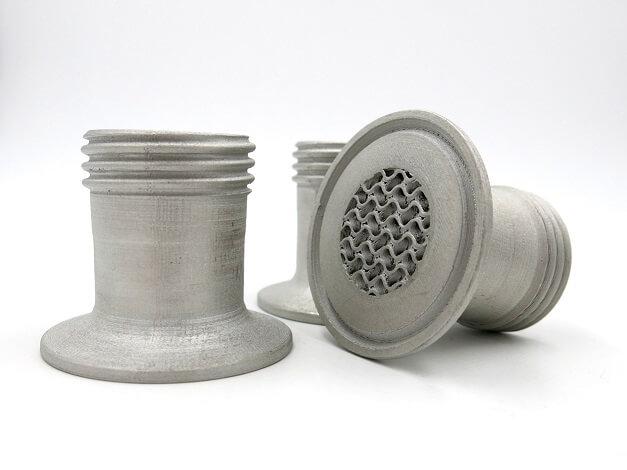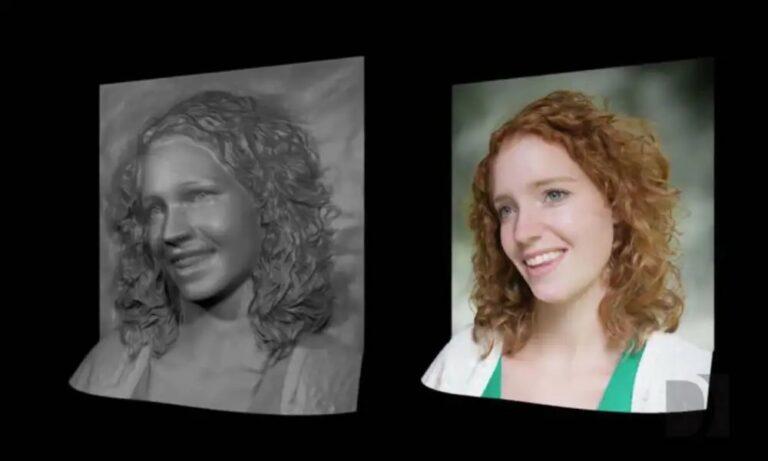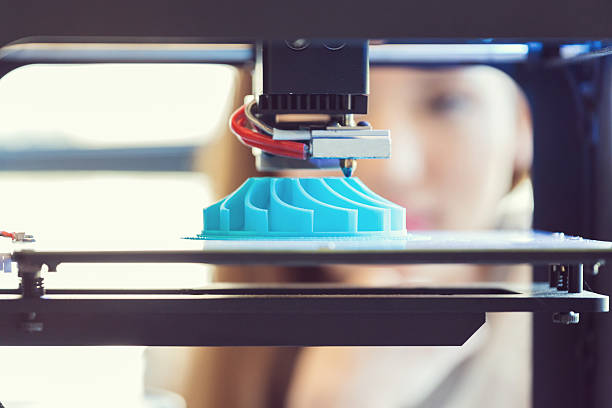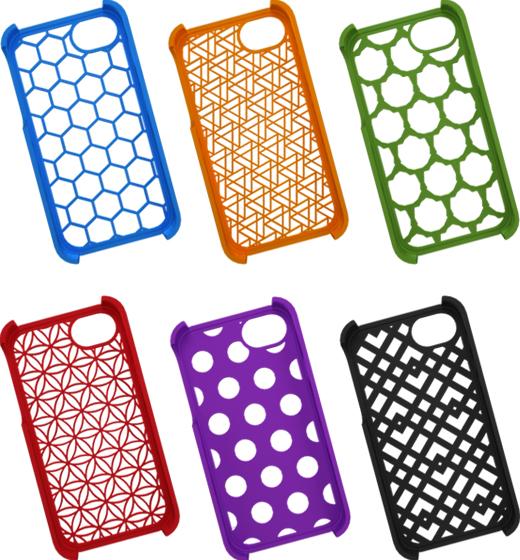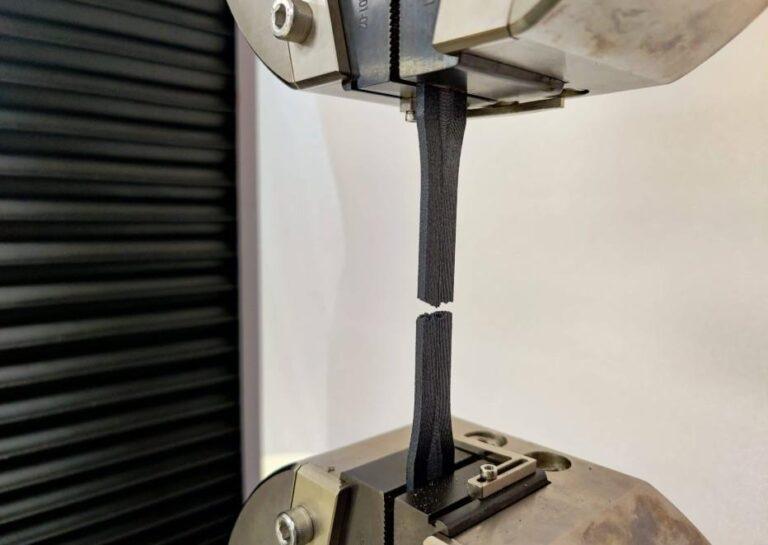Why Is the Term “Additive Manufacturing” Used?
The term “additive manufacturing” is used to describe the process of 3D Printing. We often shorten it to “AM” and it takes on many forms, such as laser-assisted or electron beam melting. The printer creates the object by adding small amounts of material layer by layer until we have made the entire model. However, there are some common misconceptions about this type of technology that we would like to clear up for you!
Table of contents
Here’s some information about additive manufacturing:
1) additive manufacturing produces high-quality prototypes with greater precision than traditional prototyping methods;
2) Instead of cutting shapes from existing materials, it works like technology to create new materials.
3) because additive manufacturing uses very little material
Solid Freeform Fabrication or Freeform Fabrication?
Freeform fabrication (FFF) is a process that can create complex geometric shapes with no molds or patterns. The term “Freeform” refers to the form’s independence from the manufacturing process. There is no need to think about how the object will look before you make it. The FFF process can create a wide variety of things, including medical implants, jewelry, and even entire buildings.
What is Solid Freeform Fabrication?
Solid Freeform Fabrication (SFF) is a subset of the Freeform Fabrication (FFF) method that focuses on producing 3D objects from solid rather than sheet-like feedstocks. The term “solid” refers to the fact that these objects are being built out of a continuous mass of material that is being solidified into their ultimate form as they are being fabricated.
Applications
In many different manufacturing applications, freeform fabrication can create complex shapes. The tooling industry uses freeform fabrication to create holographic jewelry and other custom items. Biomedical implants and regenerative medicine are two areas where freeform manufacturing is being studied for its potential to change.
Advantages
Freeform fabrication has several advantages over traditional subtractive manufacturing techniques and creates objects with no molds, dies, or patterns. It can produce complex geometries that are difficult, to begin with, traditional manufacturing techniques, and can reduce the lead time between design iteration and prototyping for new designs. Freeform fabricators also allow users to make geometrically complex parts (e.g., medical implants) that would not be fabricate with traditional manufacturing techniques. It can currently produce products at a comparable cost, or sometimes even cheaper than other manufacturing technologies.
FFF is the automated laying down of material by a computer-controlled system that allows us to produce objects with no molds or patterns. Freeform fabrication is the ability to create complex shapes with little or no tooling in a range of materials. Software controls multiple machine tools during the manufacturing process, allowing manufacturers to work faster with more complex designs. Freeform fabrication can create a wide variety of things, including medical implants, jewelry, and even entire buildings.
Additive Manufacturing or Layer-Based Manufacturing
These processes involve adding material in layers. They are not additive because some use subtractive techniques to create parts with less waste and higher yields than machining can produce alone. Metals, ceramics, polymers, concrete, sugar crystals, and even food products are being made using additive manufacturing techniques.
Additive manufacturing technologies can be categorized into powder bed fusion processes that build parts with metal powders by selectively melting them with a laser or electron beam; sheet lamination processes that create thin layers through the deposition of material by a print head, similar to the way an inkjet printer works; and three-dimensional printing processes that use extrusion of plastic, wax, or other materials to create parts from a digital model.
All additive manufacturing processes work in a layer-wise fashion. We built parts up to one layer until it completed the entire object. This layer-by-layer approach has several advantages. It allows for weak layers, resulting in less material waste and higher accuracy. In addition, it enables the use of multiple materials in a single part, which can improve performance and aesthetics.
The layer-based approach is not without its disadvantages, however. It can be slow, and the process can be stopped if a layer is not perfect, which requires starting over from the beginning. Additionally, because each layer is additive manufacturing or layer-based manufacturing, these processes involve adding material in layers.
We should note that the current commercial system works at a “layer-wise” level; however, this may change in future designs if other methods exist for depositing or removing individual components from large blocks without reducing their dimensional accuracy, too much.
Rapid Prototyping
They named it “rapid prototyping” because of the process they designed this technology to enhance or replace. Manufacturers and product developers used to find prototyping a complex, tedious, and expensive process that often impeded the developmental and creative phases of introducing a new product.
Rapid prototyping was found to speed up this process, and thus the term was adopted. However, users and developers of this technology realize that they can use rapid prototyping for much more than just prototyping. Rapid prototyping technology is an effective way to produce low volumes of parts. It can also create functional prototypes, which can help reduce the time it takes to bring a new product to market.
Rapid prototyping technology has also been helpful in the manufacturing process by producing tooling and fixtures. In addition, rapid prototyping can help reduce the time and cost of creating a new product. Overall, rapid prototyping is a technology that can save time and money for manufacturers and product developers.
Rapid prototyping technology is growing, and new applications for the technology are being discovered all the time. Rapid prototyping is an exciting technology that can change the way people develop products.
Stereolithography or 3D Printing?
What’s the difference?
These terms describe specific machines that create three-dimensional objects by printing them layer-by-layer. 3D Systems coined the term “stereolithography” to refer to a technique that uses lasers to solidify liquid polymers. 3D printing is a broader umbrella term that describes various additive manufacturing techniques, including stereolithography.
The inventor of stereolithography used the term to describe specific machines. The U.S. company, termed Stereolithography 3D Systems, and researchers at MIT who invented an inkjet printing-based technology, widely used 3D printing.
Since most people are very familiar with printing technology, the idea of printing a physical, three-dimensional object should make sense. In reality, however, the term “3D printing” is much more general and encompasses many additive manufacturing techniques. This can be confusing for people trying to understand stereolithography and the 3D printing process.
3D Systems coined the term “stereolithography” (S.L.). This technique uses lasers to solidify liquid polymers, which causes them to form a three-dimensional object. Stereolithography is classified as an additive manufacturing technology since it constructs objects one layer at a time.
3D Printing (3DP) is a broader umbrella term
3DP is a broader umbrella term that describes a wide variety of additive manufacturing techniques, including stereolithography. The term “3D printer” was first coined by researchers at MIT who invented an inkjet printing-based technology in the late 1980s. This technology 3D printed the Stereolithography Apparatus for a chemical synthesis patent [8], which most people think of when they hear the term stereolithography.
Unfortunately, this has caused a lot of confusion in the public and the industry because most people are very familiar with printing technology but do not understand stereolithography and the 3D printing process. Stereolithography is an additive manufacturing technology that uses lasers to solidify liquid polymers, while 3D printing encompasses a wide variety of techniques, including Stereolithography.
With more exposure to the technology, the public will use the term “3D Printing” instead of stereolithography.
Stereolithography or 3D Printing?
3D printing is the making of three-dimensional solid objects from a digital file. They used the term in an increasing number of applications, including medical implants, aviation parts, and food production. Additive manufacturing is a more accurate term for 3D printing, but most people use the terms interchangeably. The U.S. company coined the term “Stereolithography 3D Systems” and referred to a technique that uses lasers to solidify liquid polymers to create three-dimensional objects. Stereolithography, 3D printing, and additive manufacturing are additive manufacturing technologies because they build things one layer at a time.
FAQ
In contrast to subtractive manufacturing approaches, it is defined as the process of combining materials to produce items from 3D model data, usually layer upon layer. Additive fabrication, additive processes, additive techniques, additive layer manufacturing, layer manufacturing, and freeform fabrication are some synonyms.
3D printing is a popular method of manufacturing that is used to make products from digital designs by stacking resin to create a 3D component. To simply answer the question “Why is it termed additive manufacturing?” the construction process adds raw material rather than subtracting it.
7 Types of Additive Manufacturing
VAT Photopolymerization is also known as stereolithography.
Material Jetting
Binder Jetting.
Material Extrusion.
Powder Bed Fusion.
Sheet Lamination.
Directed Energy Deposition.
Conclusion
Thanks for reading this blog post. We hope it was helpful to you and that we could answer some of your questions about the difference between additive manufacturing vs. layer-based manufacturing or rapid prototyping vs 3D printing! If you have questions, please leave them in the comments below.


